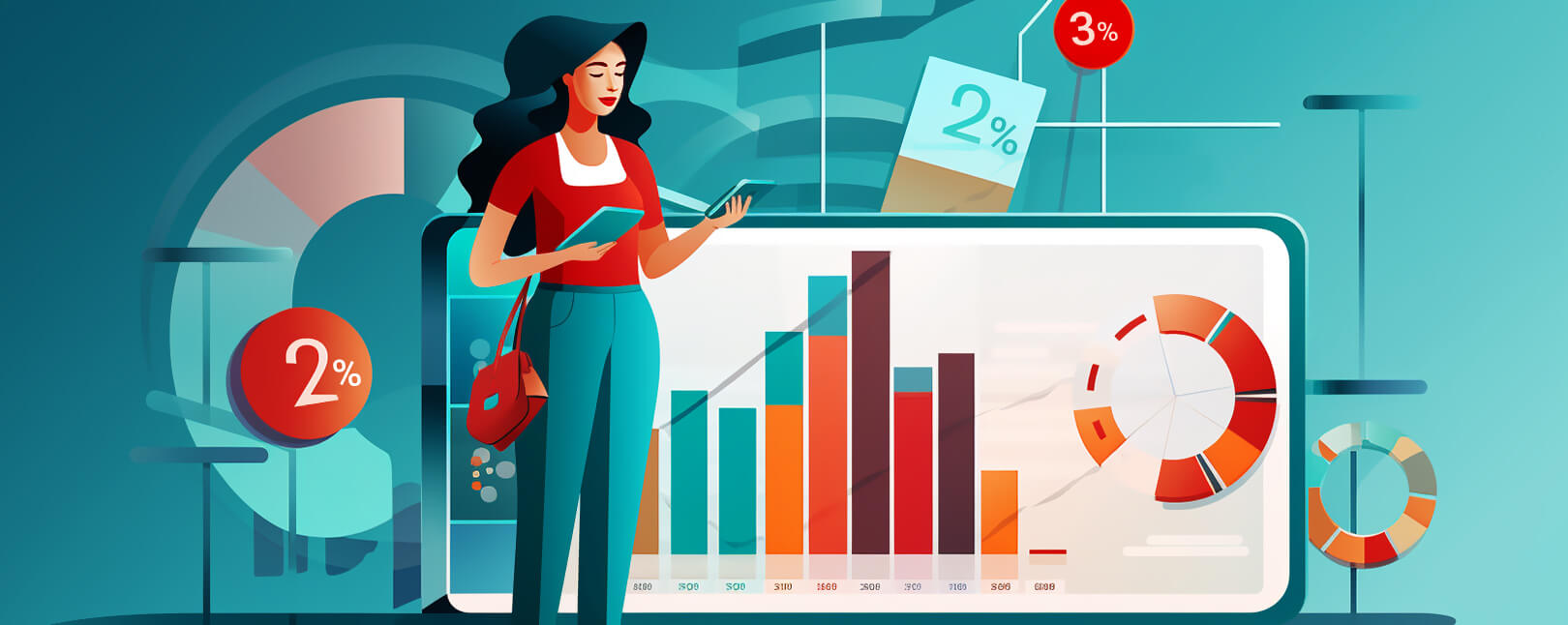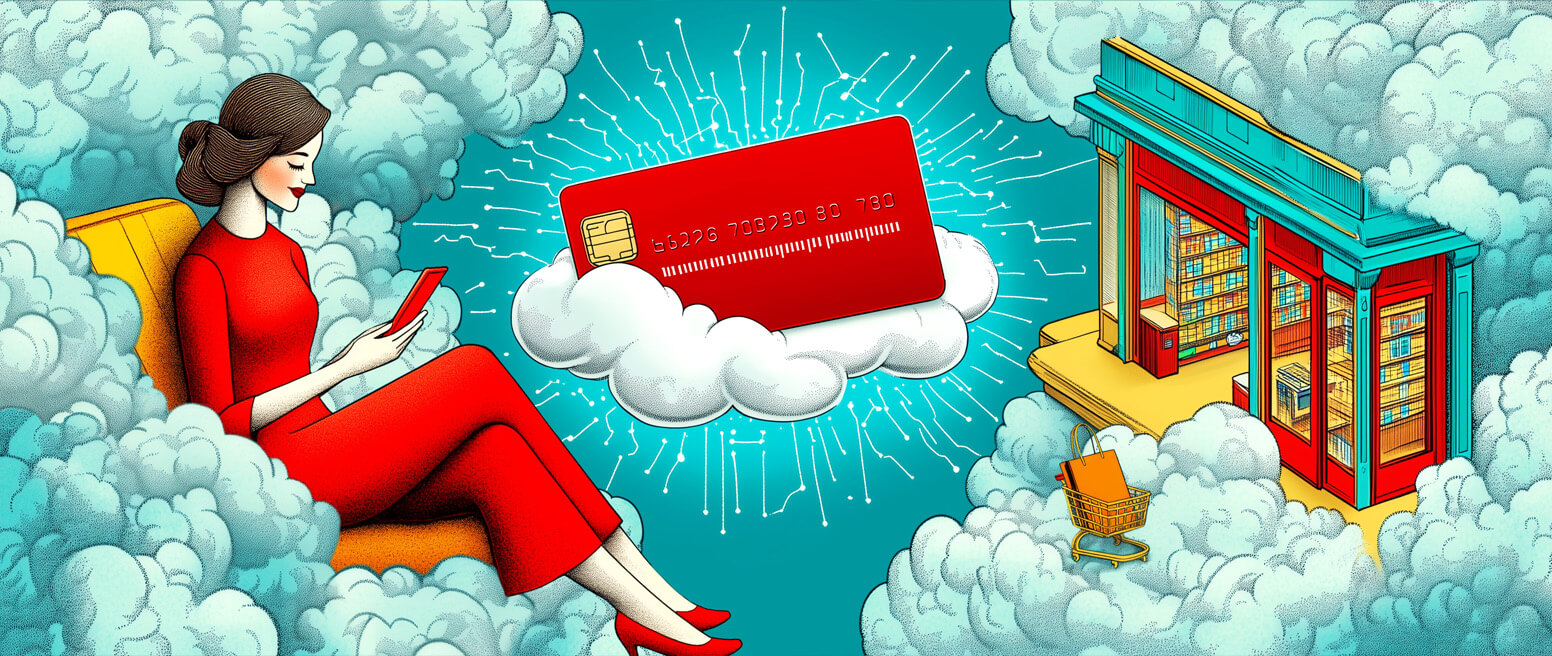15 Best Practices for eCommerce Conversion Optimization
Marketing, inventory, loss prevention, risk management… when you’re running an eCommerce business, you’ve got a million different concerns fighting for your attention.
Every day is a massive juggling act, particularly for smaller merchants. You have to worry about product research, marketing and SEO, loss prevention and risk management, A/B testing, logistics… it takes a sure eye and a steady hand to keep all the balls in the air.
Here’s the truth, though: your success isn’t measured by juggling proficiency – it’s measured by sales. Every aspect of your business should ultimately be focused on driving your conversion rate.
That sounds obvious. But, eCommerce conversion optimization isn’t always as simple as getting shoppers to click through and complete a purchase. A multitude of factors are involved, and taking the wrong approach can end up creating more problems and fewer sales. So let’s take a look at some of the “dos” and “don’ts.”
Recommended reading
- Card-Not-Present Transactions: Know the Risks & Rewards
- Top 15 Customer Returns Reasons in 2025 & How to Avoid Them
- Online Shopping vs In-Store Shopping: the Future of Retail?
- They’re Here — Cyber Week 2024 Stats & Analysis!
- What is a Return Customer Rate? How to Calculate Your RCR
- Prime Day 2024: How to Avoid Chargebacks on the Big Day
What is eCommerce Conversion Optimization?
- Commerce Conversion Optimization
eCommerce Conversion Optimization, alternately known as conversion rate optimization (CRO), is a practice aimed at refining the online shopping journey to boost specific key performance indicators (KPIs) related to sales and acquisition.
[noun]/ē • kom • ərs • kən • vər • ZHən • aap • tuh • muh • zay • shn/
When you think about sales conversion, you’re probably envisioning completed sales. That’s one indicator, but it’s really more about how many visitors to your site are being convinced to take a desired action.
That can certainly mean making a purchase; that’s the ultimate goal, after all. But, not getting a sale isn’t inherently a conversation failure. From a long-term perspective, each visit by a potential buyer can contribute to an eventual deal. For example:
- Cart Fillings: Anytime a shopper adds an item to their cart, it indicates an interest… and probably an intent to buy at some point.
- Wishlist Adds: Adding an item to a wish list demonstrates an interest in having an item, but not necessarily an interest in buying it at the moment.
- Email Subscriptions: If they sign up to hear from you on a regular basis, they’re obviously interested in your store and your products.
- Social Shares: Sharing on social media shows product interest, but it also implies some level of trust in your brand.
From design to content to ease of use, every element of your site can be used to nudge that visitor toward hitting the “buy” button. That’s why building CRO into your process involves an overreaching strategy aimed at optimizing your chances for a sales conversion.
How to Calculate Your Conversion Rate
So, how do we create this conversion strategy? Step one is identifying your current rate, so you’ll have a benchmark to measure against.
Calculating conversion rates is basic math. Divide the number of total site visitors during a given time period by the number of visitors who take a specific action during the same time period. Then, multiply that number by 100.
For example, let’s say your online store attracts 5,000 visitors on a given day, and achieves 50 sales within that same period. In that case, your conversion rate is 1%.
Again, we’re mostly talking about sales now, but the formula works for any of the conversion rates you want to measure.
What is a “Good” eCommerce Conversion Rate?
Now that you have your existing conversion rate, what goals do you want to shoot for? What constitutes a “good” conversion rate can look different based on average ticket, product vertical, and other factors. There’s not really a single “one-size-fits-all” figure. But, the average eCommerce conversion rate in the US sits at around 2-3%.
When setting a target conversion rate for your online store, there are several things to keep in mind. To start with, it’s a struggle to simply get people to complete a transaction in the first place. The internet is a great research tool, but for a lot of people, that’s it. Buyers might compare your store to other outlets to find the best value, then drive to a brick-and-mortar store to make their purchase.
Most of your would-be buyers will click away without making a purchase. You need to keep that in mind if you want to set a realistic target rate. You also need to look at other elements that could impact your conversion rate target. For instance:
As a good rule of thumb, aim for a conversion rate of 2% for your online store to begin with. Once you can reliably reach this benchmark month after month, you can explore more sophisticated strategies to enhance your conversion rate.
Other Metrics to Keep in Mind
Knowing your conversion rate is important. But, it can only answer so many questions.
For example, you could find that your conversion rate is a bit lower than you’d expect. That doesn’t tell you why people aren’t buying, though. If eCommerce conversion optimization is the goal, you’re going to need to look beyond your conversion rate alone.
You have to use these indicators to identify potential problems that might be driving potential buyers away from converting:
15 eCommerce Conversion Optimization Best Practices
Acquiring new customers is expensive. In fast, it’s five times higher than the cost of retaining a current one. It’s a lot more cost-effective to keep customers coming back time and again. So, while it’s important to optimize your site to attract visitors, you also need strategies in place to turn them into recurring customers.
Here are 15 tried-and-tested “best practices” for designing and operating a buyer-friendly online store. Each is aimed at enhancing the customer experience and bolstering conversion rates:
#1 | Be A Reminder
Target potential buyers before they abandon their carts. Remind them that they’ve already picked some items. Explain how easy checkout is. Better yet, offer some incentive or discount if they buy now.
#2 | Have A Clear Exit Strategy
Try to buy something on your website as a new customer. Is it actually easy? Is the process clear, intuitive, and user-friendly? Are there unnecessary fields? A complicated checkout discourages conversion.
#3 | Provide All The Details
The more informed a customer is about a product, the more confident they'll feel about converting. Provide accurate detailed descriptions and lots of photos. Videos are a good conversion tool, too.
#4 | Show How It’s Done
Some buyers may be stuck on the fence about a purchase. They’d probably feel more confident if you offer educational content like blogs, tutorials, and how-to guides that show how a product really works, without any marketing gloss.
#5 | Make Your Site Make Sense
A logical and well-organized site makes it easier for customers to find what they’re looking for. Plus, being able to comfortably navigate may give them more confidence to explore other pages.
#6 | No Sign-Up Required
Unfortunately, not everyone wants to create an account with every retailer out there. Encourage potential customers to sign up, but if they aren’t interested, having a guest checkout option is better than losing the sale.
#7 | “May I (Virtually) Help You?”
Sometimes, a simple unanswered question may be enough to make a shopper click away. Maybe you can’t provide live round-the-clock service, but chatbots are good for responding to FAQs in real-time.
#8 | Multi-Platform, Multi-Benefit
Shoppers may browse on a computer screen, share mobile screenshots of a product with friends, then place an order from a tablet. You need a uniform, friction-free shopping experience, regardless of device.
#9 | Give Good Directions
Call-to-action buttons can make or break a sale. Don’t assume that a visitor knows what to do, even if it seems obvious. Use clear, bold directions to guide user actions like “Add to Cart” or “Buy Now.”
#10 | Make It Personal
Use browsing histories to deliver tailored shopping experiences right when a customer logs in. Think personalized product suggestions, for example, or incentives to repurchase.
#11 | Time Your Offers
Promote special, time-sensitive deals, particularly if the shopper already has items in their cart. Special savings along with a sense of urgency can motivate indecisive customers to take the plunge and make a purchase.
#12 | Have Transparency
Make your return and refund policies concise, easy to understand, and really big – big enough to make sure they’re seen. People are usually more comfortable buying if they know that returns are an option.
#13 | Show You Can Be Trusted
Consumers worry about the security of their data. Don’t be shy about sharing security badges, association memberships, and SSL certificate indicators on product pages, as well as during checkout.
#14 | Social Backing
Along the same lines, showcase endorsements, reviews, or other social media feedback from customers or experts in the field. People will always believe what others say about you more than what you say.
#15 | Tell Them Why You’re Different
What differentiates your store from others selling the same wares? Whether it's faster delivery, exceptional customer service, or competitive pricing, give people a reason to specifically buy from you.
Are Some Conversion Optimization Practices a Bad Idea?
All the practices we’ve talked about are designed to help streamline the customer experience and remove barriers to conversion. That’s a good thing. But, there’s something else we need to bring up: positive vs. negative friction.
Positive friction points are intentional security “speed bumps” that you can set up during the transaction process. They may slow things down just a bit, but the trade-off is better protection against threats that could lead to chargebacks. Asking for a CVV, deploying 3DS, and asking customers to verify your terms and conditions are all examples of positive friction.
Negative friction, on the other hand, is less like a speed bump and more like a brick wall. It consists of unintentional barriers that impede the online shopping experience. Complicated site navigation, lengthy or complex checkout processes, or restricted payment options; these are all examples.
Negative friction offers no trade-off. It will frustrate shoppers, making them reconsider their buying choices. An increase in negative friction will only hurt your overall conversion rate.
It’s important to have a dynamic understanding of friction points. This is the best approach to ensure eCommerce conversion optimization without also seeing an uptick in fraud and chargebacks.
Learn more about dynamic frictionEvaluate & Adjust
Conversion rate strategies aren’t a “set it and forget it” deal.Even after they’re implemented, you’ll still want to monitor and evaluate your success on a regular basis. You’ll almost always find something that could be working better.
You can find different analytics tools to help you fine-tune conversion optimization. Use them to compare your current visitor behavior against historical data, identify points of improvement, and focus on understanding how users interact with your platform.
That’s important, since trends in product, device, and checkout preferences change constantly. So do payments industry rules and the protocols governing transactions, fraud, and chargebacks. You’ll need to keep up with all these changes, reviewing your success at eCommerce conversion optimization on an ongoing project.
Examine your stats on a weekly, monthly, quarterly, and yearly basis to try and pick out trends that develop over time. If you notice something questionable, like a creeping uptick in chargebacks, look for ways to address the problem.
At Chargebacks911®, we offer the industry’s only fully-managed chargeback solution. We don’t rely on chargeback reason codes; we deploy human expertise and machine learning technology to drill down and identify chargebacks by their true source. Our proprietary approach allows us to maximize chargeback win rates and prevent more chargebacks than any other solution provider.
FAQs
How do I optimize my eCommerce website for conversions?
To optimize your site for conversions, you should focus on providing a seamless user experience with clear navigation and fast load times. Building trust through transparent policies and displaying customer reviews can boost user confidence. Lastly, leveraging analytics and A/B testing helps identify and refine high-converting elements on the site.
What is conversion rate optimization in eCommerce?
Conversion rate optimization (CRO) is a technique aimed at refining the online shopping journey to boost specific Key Performance Indicators (KPIs) like sales. It's applied across various touchpoints, from landing pages to product category listings, enhancing the overall customer experience.
What are the steps in eCommerce conversion?
First, identify potential friction points on your site using analytics and user feedback. Next, implement changes based on insights, prioritizing user experience and trust-building elements. Finally, continuously test and refine these changes using A/B testing to determine what maximizes conversions.
What drives conversion in eCommerce?
In eCommerce, conversion is driven by a seamless user experience, compelling product presentation, and building trust through transparent policies and genuine customer reviews.















